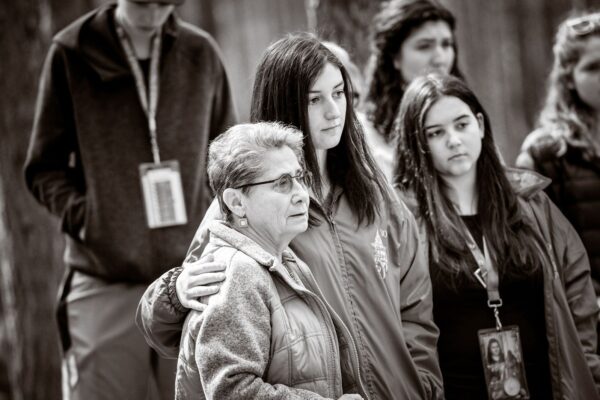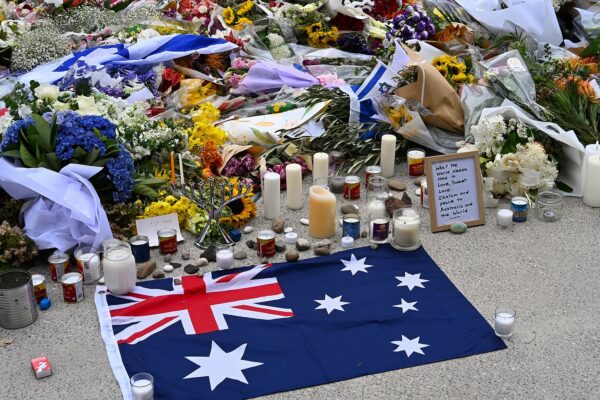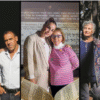More than 16 thousand personal items belonging to the victims of the German Nazi concentration and extermination camp Auschwitz-Birkenau, originating from archaeological works carried out in the area of gas chamber and crematorium III in 1967, returned to the Memorial after many months of searching.
The objects found during the works are not only a remarkable testimony to the history of the camp and the extermination conducted by the Germans, but also a moving personal testimony of the victims. In most cases, these are the last personal belongings of the Jews led to death in the gas chambers upon selection at the ramp. These include among others, thermometers, empty bottles of medicines, fragments of shoes, jewellery, cutlery, watches, brushes, tobacco pipes, lighters, fragments of kitchenware, buttons, Pocketknives, keys, and many others.
Finding traces of these objects was not easy.
‘In 1967, on the site of the former Birkenau camp Andrzej Brzozowski made a short documentary film «Archaeology», showing the process of the excavations near the ruins of the gas chamber and crematorium III. As a result of these works, which were shown in the video, a large number of original objects were found from the period of functioning of the camp. The register of the Museum Collections only shows slightly more than 400 objects from these excavations. We were convinced, however, that it had to be much more. We began the several months’ investigation by verifying archival documentation’, said Elżbieta Cajzer, head of the Museum Collections.
‘Individually verified trails were broken; people working then in the Museum were no longer there. Unfortunately the author of the film has already died, the institutions which created the movie have changed, and the archives were silent. Nevertheless, we checked every lead. We could not be certain whether the results of the archaeological research had not been squandered or fragmented. After all, almost 50 years have passed; Polish institutions have undergone thorough changes after the fall of communism. We took into account and were prepared for any eventuality’, emphasized the Auschwitz Museum director, Dr. Piotr M. A. Cywiński.
‘However, we succeeded in making contact with the last living persons who participated in the project almost 50 years ago. It was, however, uncertain where the items found during creation of the movie had been deposited. It turned out that they are stored in 48 cardboard boxes at one of the buildings of the Polish Academy of Sciences. Most of them the entire time were packed in individually marked boxes which is today very important for the process of documentation and verification of the authenticity, as they indicate the place of finding or precise information about an individual object,’ added Elżbieta Cajzer.
‘I had considered the discovery of such a huge collection in whole after nearly half a century as unlikely as finding the treasure of the lost Galleon. I can only try to imagine why the lost objects were deposited in these boxes just after digging up. The excavations were carried out in the summer of 1967, near the gas chambers and crematoria. Presumably, they were supposed to be analyzed and studied, or perhaps someone even had the intention to write an extensive research paper on the subject. This is a unique collection in every way. Meanwhile, a few months later, there was a political turnabout in 1968 and the communist authority took a clearly anti-Semitic course. Perhaps, that is why they did not hurry with the implementation and closure of this project. The times then were difficult for topics related to the Holocaust,’ said director Cywiński.
On June 3, the historic items were transported with a special assist to the Auschwitz Museum. In the near future, they will be thoroughly documented, and checked in terms of their state of preservation. The Auschwitz-Birkenau Foundation has decided to launch the emergency funding for possible conservation work on these objects.
‘This is an unexpected, totally unique day in the newest history of our Museum,’ concluded director Piotr M. A. Cywiński.
Originally published HERE



























